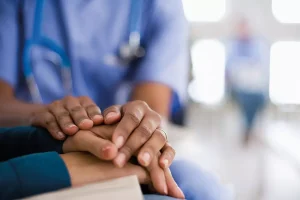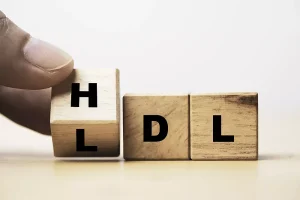Recognizing the symptoms of stroke quickly and accurately leads to better survival and life quality outcomes, while prevention is key
World Stroke Day encourages us to confront the reality of stroke risk and prevalence: Over 110 million people in the world have experienced stroke.1 One in four people over the age of 25 will experience stroke in their lifetime.1 60% of strokes happen to people under the age of 70; 16% to those under 50.1 And yet, 80% of premature heart disease and stroke is preventable.2 Fortunately, we have learned so much about recognising the signs of stroke and acting quickly to alleviate the effects.3
One side of the body suddenly weakens or feels absent.4 One side of the face sags into a frown.4 Words, perfectly clear in the mind, can’t be articulated correctly by the mouth.4 Trouble walking, confusion, headache.4 If you recognise any of these symptoms, a quick reaction is key to saving a person’s memories; their ability to walk, talk and live independently; their life.5
This awareness is exactly the purpose of World Stroke Day, which takes place every year on October 29th. On this day, the World Stroke Organization encourages everyone across the world to learn about stroke: what it is and how to recognise it, how to spread that knowledge far and wide, and how to advocate for better care and support for stroke survivors.6
But what is stroke? It is commonly known that pathways (veins and arteries) in the body cycle blood through our organs and heart. A stroke occurs when one of those pathways to part of the brain is stopped and blood can no longer flow there.1 Without that supply of blood, brain cells can become damaged or die.1 Strokes are caused most commonly (85%) by clots in the arteries that deliver blood to the brain.1,7 The amount of damage to the brain and the length of recovery depends both on which part of the brain is affected and how quickly a person receives medical intervention.1
The main objective of World Stroke Day is to empower people to fight against stroke. The best tool for this is also the simplest: early detection.8 By learning the signs and symptoms of stroke, you can possibly save not only a life, but a lifetime’s worth of memories, the skills that enable dignity and independence, and the personality traits that make a someone who they are. These symptoms and signs are:
- Facial drooping – Can the person smile symmetrically?7
- Arm weakness – Is the person experiencing difficulty moving an arm on one side of the body?1
- Problems with speech – Is the person slurring words or not making sense?1
- Eyes – Does the person have problems seeing?7
- Balance – Is the person suddenly clumsy or having trouble walking?7
For someone experiencing one or some or all of these symptoms, the best action is to obtain medical attention as soon as possible. The faster stroke is treated, the better.
Quick treatment is the most effective intervention for a stroke; even better, of course, is to avoid stroke altogether. Therefore, prevention is key. To prevent stroke and reduce the risk of cardiovascular disease (CVD), it is important to keep high blood pressure under control and maintain an exercise routine as well as a healthy diet.9 This will also help with maintaining a healthy weight, which is another preventive measure.9 Stopping smoking is vital, and it is also important to reduce alcohol consumption.9 Medical experts also recommend controlling cholesterol, receiving medical help for irregular heart rhythm (atrial fibrillation), and managing diabetes and stress.9
Avoiding stroke is a significant objective of cardiovascular health; all heart diseases increase the risk of stroke.7 At Daiichi Sankyo we care for every heartbeat. We understand the importance both of preventing CVD and addressing risk factors for it; we also know that lifestyle choices can have a huge impact on the risk of experiencing CV events (like stroke). That’s why we are dedicated to raising awareness of CVD and, ultimately, to helping reduce the impact of CVD in Europe. To echo the sentiment of the World Stroke Organization – let’s look out for each other.


